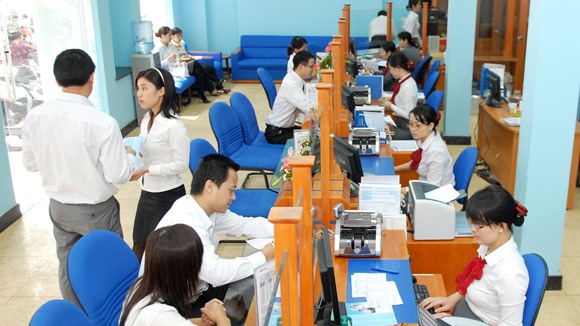 Economy
Economy

Lending of the banking sector as of November 22 had expanded by around 14 per cent against December last year, with đồng loans rising 15.3 per cent and foreign currency loans increasing 2.8 per cent, State Bank of Việt Nam Deputy Governor Đào Minh Tú reported.
 |
| Lending of the banking sector as of November 22 had expanded by around 14 per cent against December last year, with đồng loans rising 15.3 per cent and foreign currency loans increasing 2.8 per cent. — Photo taichinh115.com.vn |
HÀ NỘI — Lending of the banking sector as of November 22 had expanded by around 14 per cent against December last year, with đồng loans rising 15.3 per cent and foreign currency loans increasing 2.8 per cent, State Bank of Việt Nam Deputy Governor Đào Minh Tú reported.
At a regular Government meeting on Tuesday, Tú said that a credit growth rate of 17-18 per cent this year was reasonable and attainable as lending usually rises sharply during the final months of the year.
He also affirmed that the central bank would regulate credit growth to meet the Government’s growth and inflation control targets. It would also focus on lending quality to minimise the risk of non-performing loans (NPLs).
Earlier this year, the central bank targeted an annual credit growth of between 18 and 20 per cent, up from 17.26 per cent in 2015. However, it affirmed that the credit growth rate might be adjusted based on the actual situation, as it happened last year.
In 2015, the central bank first targeted a credit growth rate of 13 per cent, then adjusted it to between 15 and 18 per cent to meet rising capital demand.
Việt Nam’s economy was originally expected to grow 6.7 per cent this year, compared to 6.68 per cent in 2015.
However adverse weather conditions and the en masse fish deaths along the central coast have forced the Government to revise the 2016 target down to between 6.2 and 6.5 per cent.
The central bank will direct lending capital to flow mainly into the five prioritised sectors of agriculture, exports, spare-parts industries, small- and medium-sized enterprises, and hi-tech firms besides startups, Tú said. — VNS




